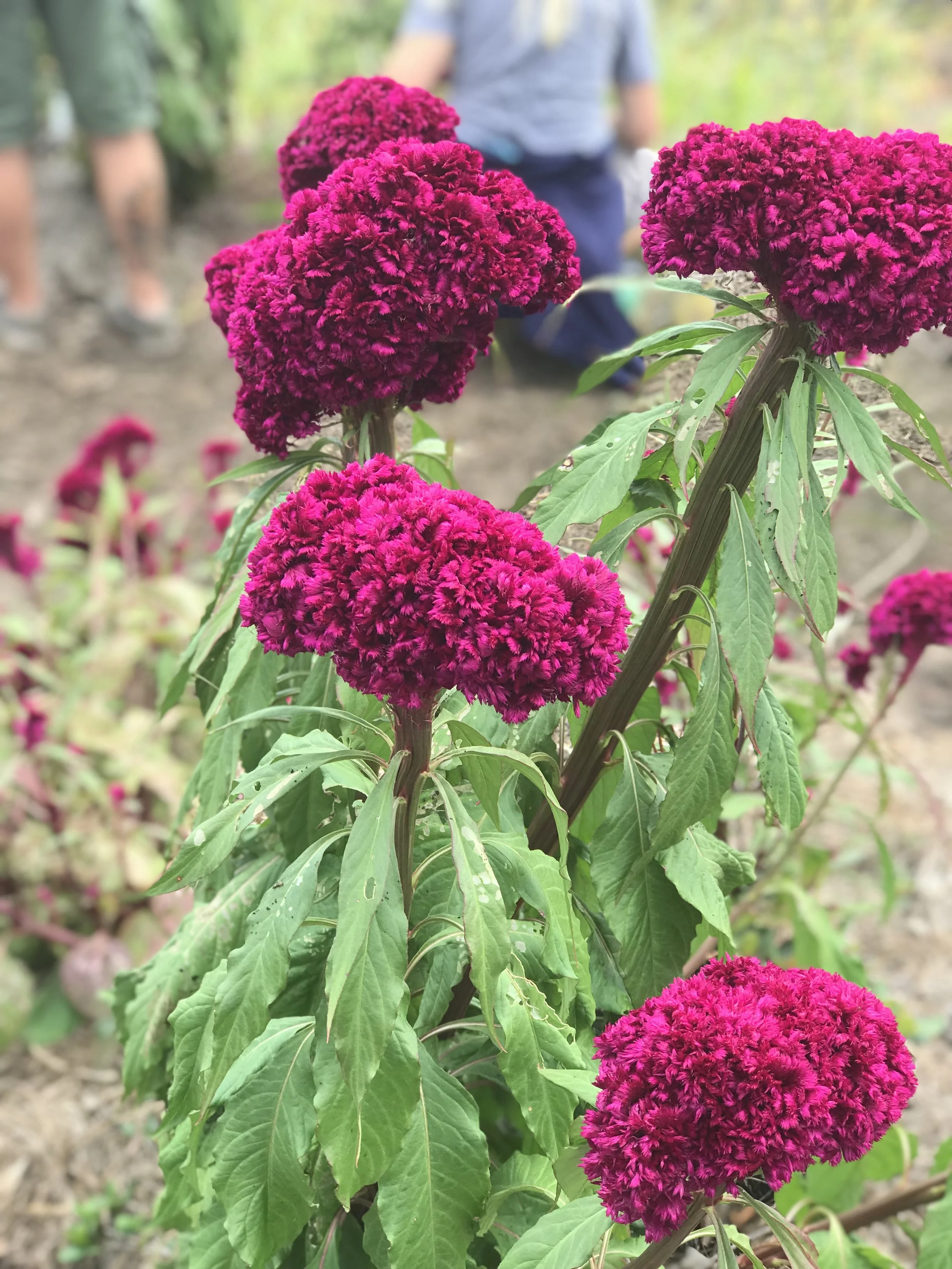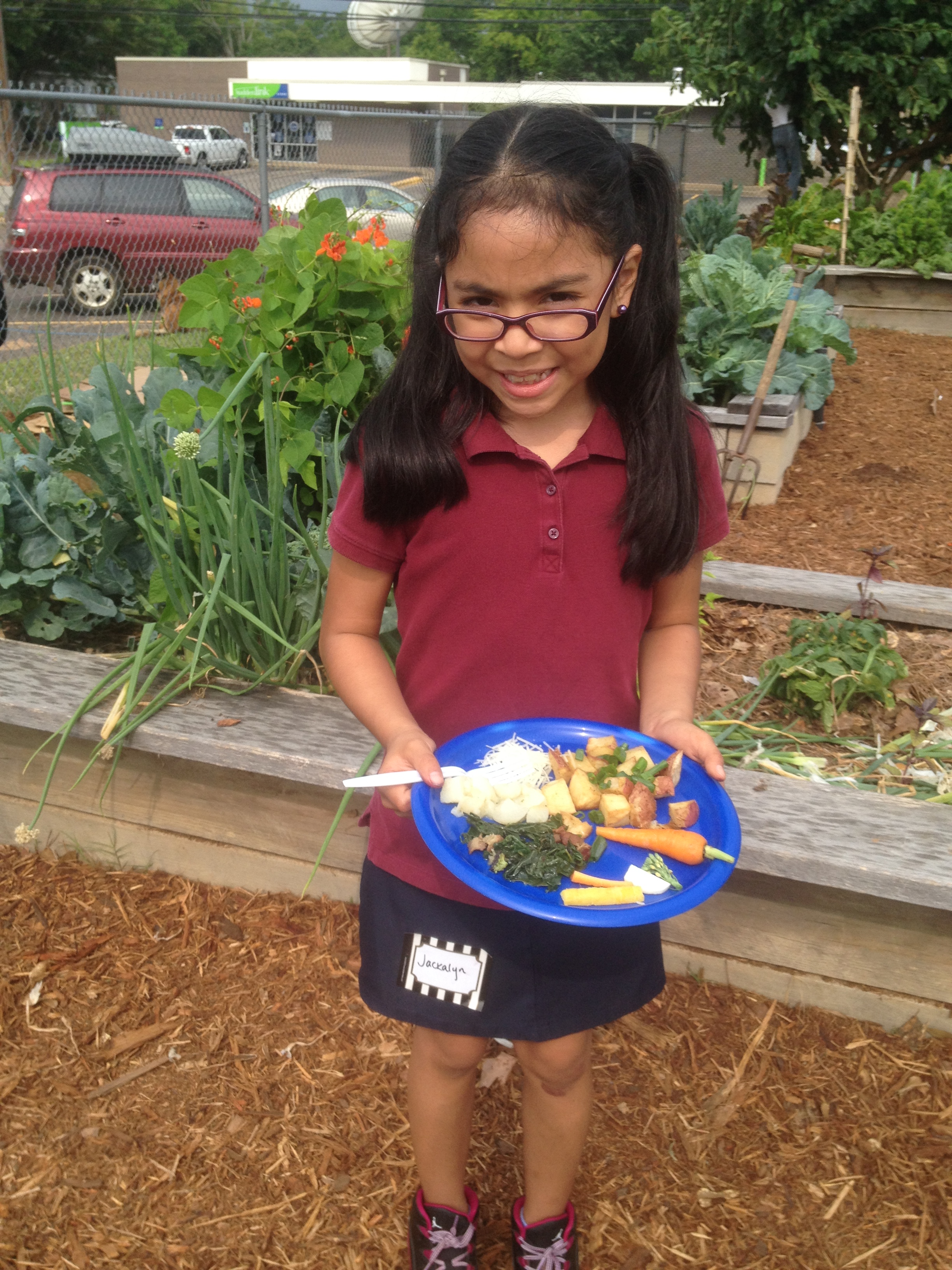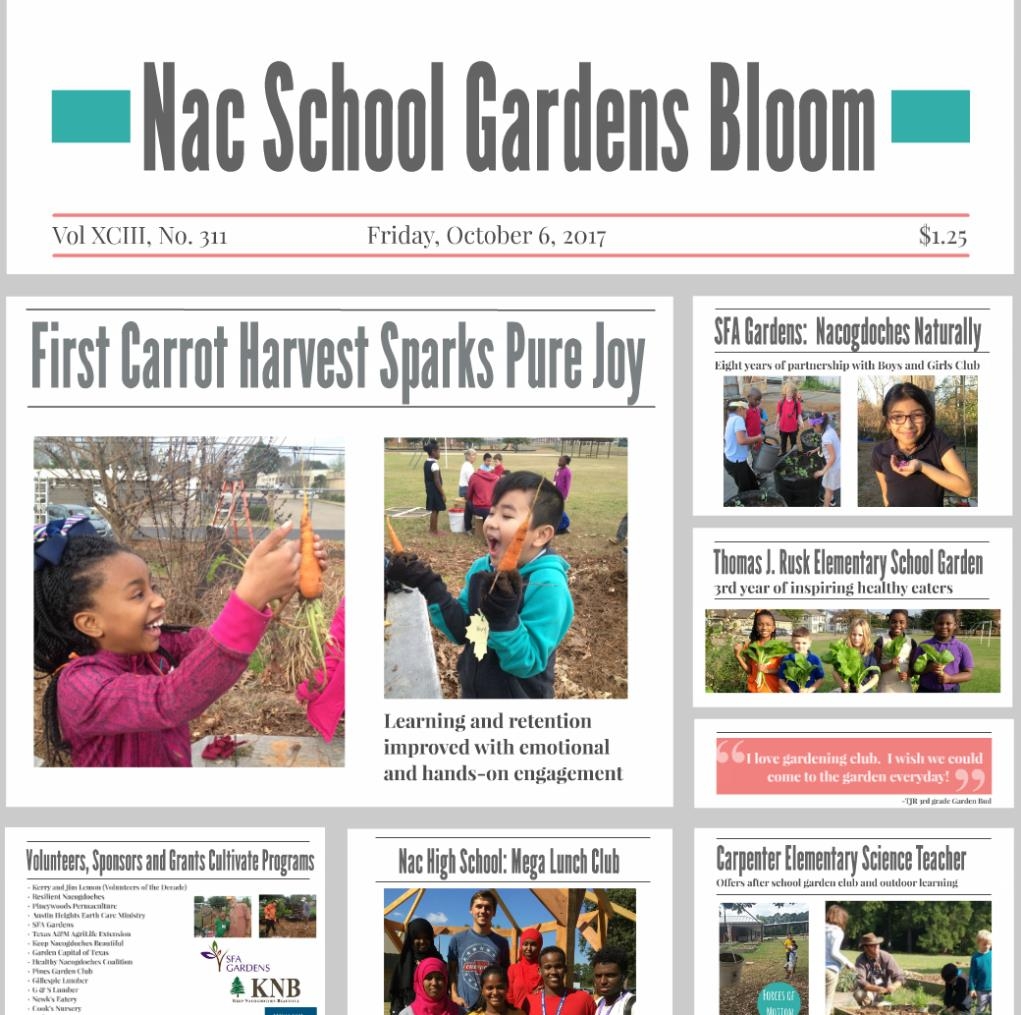Forage the Forest
/By Hunter Walker
Hunters and gatherers have existed for thousands of years. We as a species relied heavily on it before the discovery of agriculture. In fact, our brains are still programed to notice patterns in nature so that we could be better foragers of this great planet. Creative exploration is central to science, art, and cognitive development (Yuval Hart, 2017). Today, we have become more resourceful in food production but that doesn’t mean that our very own backyards lack a bountiful harvest. For this post I will focus on food; however, know that medicine, tools, and even wisdom can be found past the tree line of your urban environment.
Foraging requires patience, understanding, and most of all a strong background in identification. Anything is edible; somethings are only edible once! It is important that you know what you’re harvesting from the land before you actually harvest it. Without proper identification, you could be putting you and those you love at risk of sickness and death. Also, know your environment. Places not far from urban development have high risk-factors of contamination, so be cautious and knowledgeable (Department of the Army, 2009). Purchase a field guide, and do plenty of research on native (and non-native) poisonous plants, mushrooms, and animals. Be sure you are not trespassing as well!
In East Texas, we are lucky to have such an abundance of edible plants and mushrooms. Many are chalk full of vitamins and nutrients, and they come with no monthly subscription, fee, or price. It’s all yours if you’re willing to work for it. Blackberries, greenbrier, sumac, mulberry, passion-vine, and cattails are a few plants I can name that are readily available (and this list doesn’t include the medicinal ones). Oyster, morel, and chanterelles are commonly sought after mushrooms in this region that are prized edibles to the local foragers, too.
The vast majority of plants are neither edible nor poisonous, they’re just not very palatable or digestible (Elpel, 2004). Until 12,000 years ago—i.e., before the Neolithic revolution—virtually all humanity lived as hunters and gatherers (Svizzero, 2016). This fact means we have thousands of years of plant-based knowledge, paired with the recent knowledge of how chemistry works. Why am I bringing this up? Because there is no excuse to risk death over a tasty looking plant while foraging. It cannot be stressed enough, and this blog is intended to stress the importance of that before you consider becoming a part-time forager. Education is the key ingredient of identification. Don’t embarrass your ancestors.
What you need to know next is what parts are edible. Some plants have specialized storage units knows as tubers while others simply offer only edible flowers and buds. Some plants are only edible during certain seasons, and others all year-round. So, the best advice I can give is to research native edible plants in your area and make a field guide! Note plant parts, seasonal harvest conditions, cooking requirements, and anything else you may find useful in the field or during processing time. Processing is something with which we are all familiar, and if you are lucky enough to gain a bountiful harvest, you’ll want to process your food. Pickling, drying, cooking, storing, canning, and freezing are included during this process. You’ll sometimes spend twice the amount of time processing your foraged treasure as you did finding it.
Remember that your safety comes first. The internet can offer valuable information but only if it is coming from a reliable source. Wear proper clothing, have fun, and enjoy the benefits of finding free food while getting exercise and breathing in that amazing clean air!
Works Cited
Department of the Army. 2009. The Complete Guide to Edible Wild Plants.
Svizzero, S. 2016. Foraging Wild Resources: Evolving Goals of an Ubiquitous Human Behavior. Anthropology
Thomas J. Elpel. 2004. Primitive Living, Self-Sufficiency, and Survival Skills: A Field Guide to Primitive Living Skills.
Yuval Hart, Avraham E. Mayo, Ruth Mayo, et. al. 2017. Creative foraging: An Experimental Paradigm for Studying Exploration and Discovery.





























